Showing 1–16 of 32 results
-
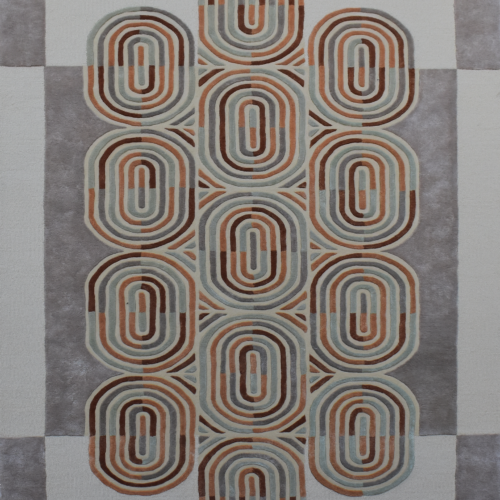
Aaranya Hand Tufted Semi Worsted New Zealand Wool and Tencel Rugs
-
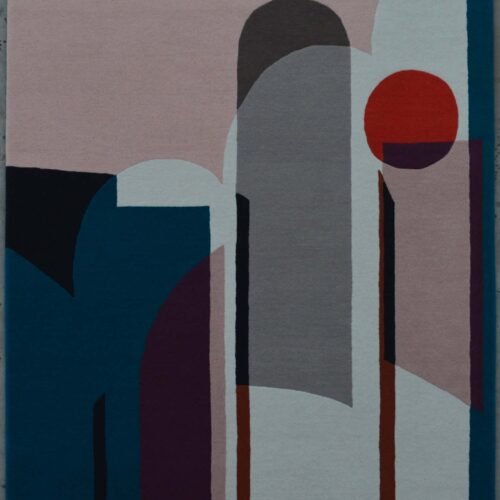
Hand Tufted New Zealand Blend Wool
-
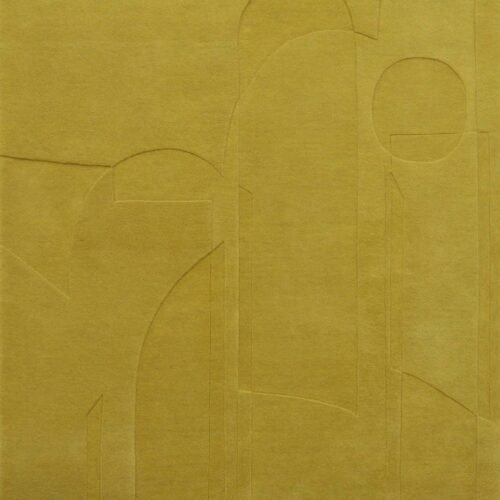
Hand Tufted New Zealand Blend Wool Rug
-
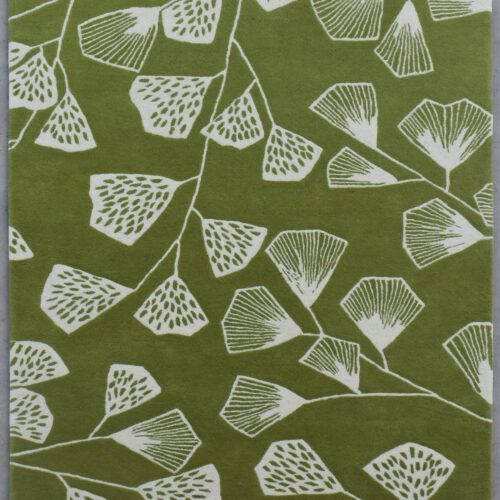
Hand Tufted New Zealand Blend Wool Rug
-

Hand Tufted New Zealand Blend Wool Rug
-

Hand Tufted New Zealand Blend Wool Rug
-

Hand Tufted New Zealand Blend Wool Rug
-
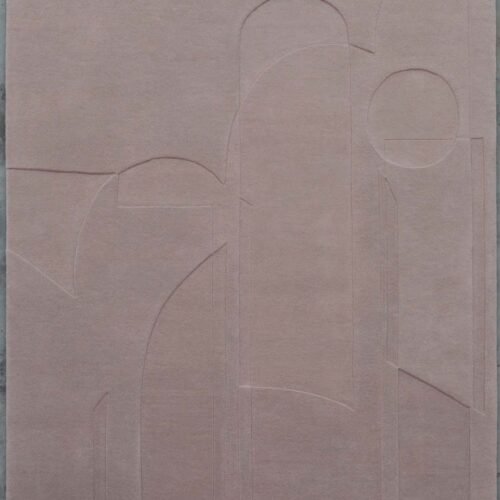
Hand Tufted New Zealand Blend Wool Rug
-

Hand Tufted New Zealand Blend Wool Rug
-
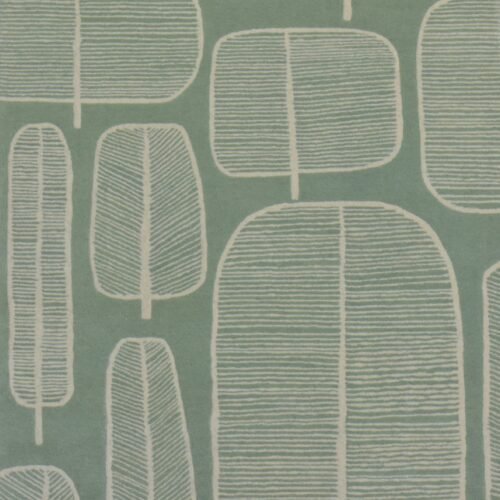
Hand Tufted New Zealand Blend Wool Rug
-
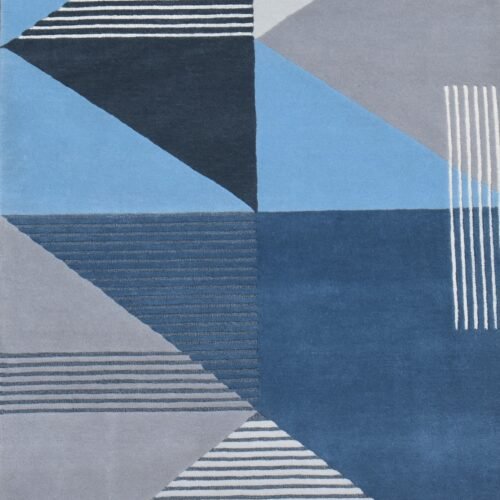
Hand Tufted New Zealand Blend Wool Rug
-
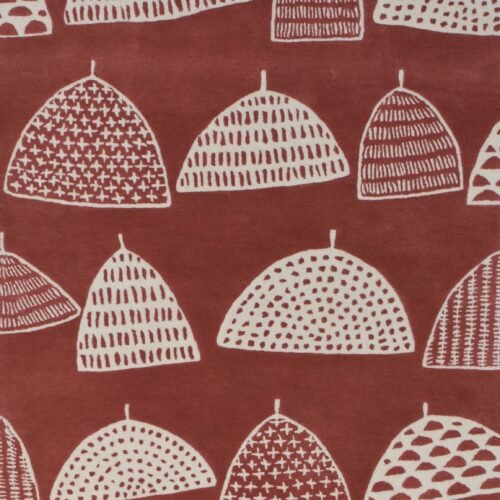
Hand Tufted New Zealand Blend Wool Rug
-
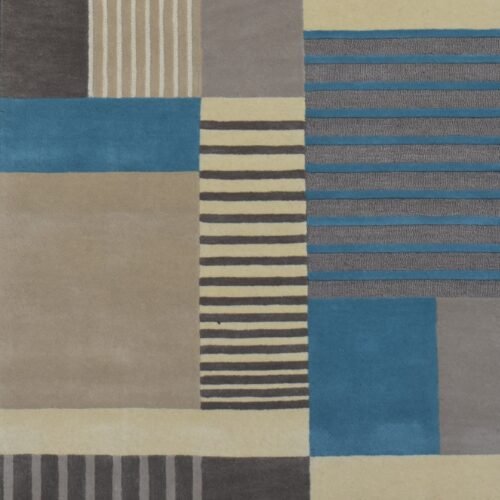
Hand Tufted New Zealand Blend Wool Rug
-

Hand Tufted New Zealand Blend Wool Rug
-
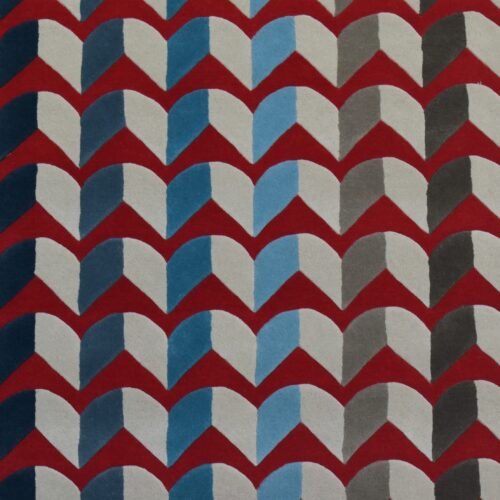
Hand Tufted New Zealand Blend Wool Rug
-
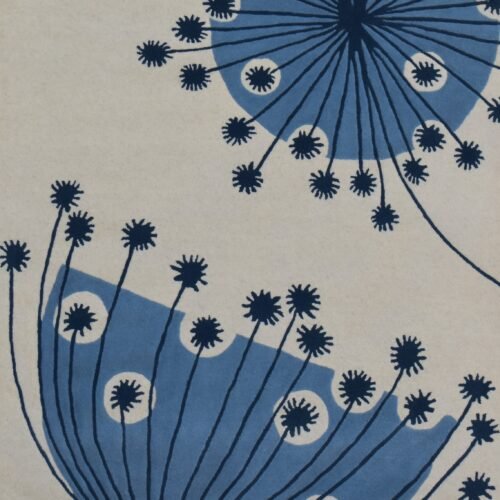
Hand Tufted New Zealand Blend Wool Rug
Get Stylish Custom Hand-Tufted Carpets and Rugs Online
Hand-tufted carpets and rugs offer a blend of creativity, durability, and affordability that appeals to many homeowners and designers. Unlike hand-knotted pieces, which require manually tying each knot, hand-tufted rugs are formed using a specialized handheld tool that quickly inserts yarn through a backing material. This process allows for faster production times while still retaining a certain level of artistry. If you are seeking a custom rug that can be tailored to your preferred colors, shapes, and patterns, a hand-tufted piece may fit the bill perfectly. In this comprehensive look, we will explore how hand-tufted rugs are made, the materials typically used, the benefits of choosing this technique, and how to maintain these rugs so that they remain a cherished part of your home for years.
1. Introduction to Hand-Tufted Rugs
Hand-tufted rugs emerged as an alternative to the more labor-intensive hand-knotting method, making it possible to create high-quality carpets in a fraction of the time. The process was popularized in the mid-20th century, but its roots can be traced back even further when weavers experimented with simplifying the creation of woven textiles.
The key advantage of hand-tufting lies in its efficiency and versatility. With the use of a handheld tufting gun or tool, artisans can insert fibers into a canvas-backed frame at a fast pace, reducing production times compared to tying knots individually. This approach opens the door for innovative designs, quicker turnaround for custom orders, and often more affordable price points for consumers. Yet the outcome still maintains a handcrafted appeal distinct from mass-produced machine-made rugs.
2. Why Choose Hand-Tufted Carpets and Rugs
Selecting a hand-tufted rug offers several benefits that can align with practical needs as well as decorative aims:
- Time Efficiency: When you order a custom rug, waiting months or years might not be feasible. Hand-tufting speeds up the weaving process, enabling you to receive your rug in a shorter timeframe while still getting a piece that shows attention to detail.
- Cost-Effectiveness: Because the production method is faster, labor costs tend to be lower than hand-knotted options. Many people find that hand-tufted pieces deliver a compelling balance between quality and price.
- Design Flexibility: Complex patterns, bold shapes, and intricate color combinations are all possible in a hand-tufted rug. This makes it easier to adapt your design to match specific interior themes or personal preferences.
- Comfort Underfoot: These rugs usually have a thick, plush pile that feels luxurious. Depending on the materials used, they can be soft yet sturdy enough to handle moderate foot traffic.
- Variety in Shape and Size: Because each rug is crafted on a framed canvas, it’s straightforward to accommodate unusual shapes—circular, oval, or custom sizes that fit a unique room layout.
While not as time-honored or intricate as hand-knotted pieces, hand-tufted rugs still bring warmth, texture, and artistic flair to living spaces. Their accessibility, versatility, and relatively speedy production are primary reasons for their growing popularity.
3. Materials Commonly Used in Hand-Tufted Rugs
A hand-tufted rug’s overall quality and feel largely depend on the materials chosen for the pile and foundation. Below are some widely used materials:
- Wool: Natural wool is a favorite for hand-tufted rugs because of its softness and resilience. Wool fibers resist dirt and stains better than many synthetics, making them suitable for high-traffic areas. They also adapt well to dyeing processes, enabling a large array of colors.
- Silk and Viscose: While pure silk is more commonly used in hand-knotted rugs, viscose or art silk (a synthetic fiber that mimics silk’s sheen) can sometimes be found in tufted pieces. These fibers add a shiny surface and a luxurious touch, though they require more delicate care.
- Cotton: Cotton is often utilized for the base cloth or secondary backing, but sometimes it’s also used in the pile. Rugs with a cotton pile can be extremely soft, though they might be less durable than wool counterparts.
- Synthetic Fibers (Polyester, Acrylic, etc.): Synthetic yarns may be chosen for affordability and color consistency. Modern manufacturing advances have led to higher-quality synthetics that can mimic the plushness of natural fibers, though they may still wear differently over time.
- Latex Backing: After the pile is tufted, a layer of latex adhesive is commonly applied to secure the yarns. This step stabilizes the rug, ensuring the fibers remain in place. A secondary cloth backing is then attached for a clean, finished look.
When deciding on materials, consider the rug’s placement. High-traffic zones, like hallways or living rooms, might benefit from wool’s durability, while a bedroom or home office can accommodate softer or shinier fibers that see less foot traffic.
4. The Hand-Tufting Process
Though less complex than hand-knotting, hand-tufting still requires skill and a careful approach. Below is an overview of how it works:
- Design and Framework: Artisans stretch a backing cloth—often cotton or a sturdy linen—over a frame. A design is drawn or projected onto this backing in order to guide the color placement.
- Tufting with a Gun or Hand Tool: Using a tufting gun, the artisan pushes yarn through the backing material to form the rug’s pile. The gun can be set to produce loops or cut the yarn to create a cut-pile surface. This step is significantly quicker than tying individual knots.
- Securing the Pile: Once the pile is in place, the backside of the rug is covered with a latex adhesive to lock the yarns. The rug is then left to dry, solidifying the tufted fibers in the backing.
- Finishing: A secondary cloth backing is attached, concealing the adhesive and yarn ends. The front of the rug may be sheared or trimmed to create an even pile height. This is also an opportunity to carve or emboss patterns for a textural effect.
- Final Inspection: Before the rug is delivered or sold, it undergoes a final inspection. Artisans check for any loose threads, uneven surfaces, or flaws in the pattern. If everything appears in order, the piece is ready for use.
This streamlined process allows for more experimentation with patterns. Artisans can quickly change colors or sections mid-production, making it simpler to execute complicated designs or custom requests.
5. Crafting Your Custom Hand-Tufted Rug
A custom hand-tufted rug can align perfectly with your tastes, whether you prefer geometric shapes, floral patterns, or abstract art. Here’s what to expect when you decide to commission one:
- Initial Consultation: You’ll discuss the rug’s intended space, color preferences, and any design ideas. Designers may show you examples or create sketches to hone in on the visual direction.
- Material Choices: Depending on your budget and how you plan to use the rug, you can choose between wool, synthetic blends, or a mix. This decision will influence texture, sheen, and long-term wear.
- Design Approval: The workshop might provide digital renderings or physical samples of yarn colors and pile textures. You can request adjustments before the actual tufting begins.
- Tufting and Finishing: Once the design is locked in, artisans begin tufting. Progress updates may be shared, although the process is relatively rapid compared to other handmade rug techniques. After tufting is finished, the rug is backed, trimmed, and checked for quality.
- Delivery and Placement: When the rug arrives, make sure to place it on a clean floor. A rug pad can help stabilize the piece, reduce slipping, and add extra cushioning. With these considerations in place, your new custom creation can become a striking element in your interior.
Thanks to the efficient nature of tufting, you won’t have to wait an extraordinarily long time to see your concept transformed into a reality. While hand-tufted rugs may not carry the same historical narrative as hand-knotted alternatives, they allow for extensive customization and can still be cherished items.
6. Style Variations and Patterns
One of the standout features of hand-tufted rugs is the creative freedom offered during production. By switching between loop-pile and cut-pile techniques—or even blending both—artisans can add depth to the design:
- Cut-Pile: This style leaves the yarn tips exposed, producing a soft and plush feel. It is commonly found in living rooms and bedrooms, offering coziness underfoot.
- Loop-Pile: Here, the yarn forms loops rather than being cut. Loop-pile rugs can display a more textured surface and are known for better resilience against wear.
- Combination Pile: By mixing both cut and loop, certain motifs can be emphasized. For instance, a floral pattern might be in loop-pile while the surrounding areas are cut-pile, creating a subtly raised effect.
- Carved or Embossed Rugs: After tufting, the pile can be trimmed at varying heights to “carve” details into the design. This technique adds dimensional interest and can highlight specific shapes or lines.
The color palette is equally flexible. Whether you want subdued neutrals for a minimalist setting or bright tones for a child’s playroom, the tufting process adapts to both subtle gradients and bold contrasts. You can also experiment with patterns—think stripes, geometric shapes, or freeform abstract designs—to give your rug a distinct personality.
7. Finding Quality Hand-Tufted Rugs Online
In the digital marketplace, you will encounter a broad range of hand-tufted options, from budget-friendly to artisanal. To ensure you invest in a trustworthy product, keep these tips in mind:
- Check the Seller’s Background: Retailers or workshops specializing in rugs often have more consistent quality. Look for customer reviews, testimonials, or endorsements from interior designers.
- Material Transparency: The listing should specify the exact materials used—whether it’s New Zealand wool, synthetic fibers, or a blend—and outline the backing composition. If details are missing, contact the seller to clarify.
- Detailed Photography: High-resolution images, including close-ups of the pile and edges, can reveal crucial info about workmanship. Some sites also provide videos or 360-degree views, which help you gauge color variations under different lighting.
- Customer Service: Reputable sellers answer questions promptly and explain care requirements or customization possibilities. They might even offer design consultations if you’re seeking a custom piece.
- Return and Exchange Policies: A clear policy can reduce risk if the rug’s color or size doesn’t align with your space. Look for flexible shipping arrangements and easy return procedures when ordering large, bulky items.
Because hand-tufted rugs vary in quality based on the artisan’s expertise and materials, spending time on research can pay off. A little diligence helps in finding a well-made piece that suits your style and endures routine use.
8. Care and Maintenance
While hand-tufted rugs are relatively sturdy, they do require some upkeep to preserve their appearance:
- Vacuum Regularly: Use a vacuum cleaner on a gentle setting to remove dust and dirt from the surface. Avoid settings with overly aggressive brushes to prevent premature wear or fiber pulling.
- Address Spills Quickly: Blot any spills with a clean, absorbent cloth. Avoid vigorous scrubbing, which may push the stain deeper. For persistent stains, seek guidance from a professional rug cleaner, especially if the rug contains delicate fibers like viscose.
- Rotate Periodically: To ensure even wear and exposure to sunlight, rotate the rug every few months. This can prevent one side from fading more quickly than the other.
- Avoid Prolonged Moisture: Excess humidity or water exposure can break down the latex backing or encourage mold growth. If the rug gets wet, dry it promptly in a well-ventilated area.
- Professional Cleaning: Even with regular vacuuming, professional cleaning every 12 to 24 months can help eliminate embedded dirt and refresh the rug’s appearance. Make sure to choose cleaners experienced with tufted pieces.
Following these steps helps extend the lifespan of your hand-tufted rug. Remember that certain materials—such as wool—are naturally more stain-resistant and may require less intensive maintenance. In any case, consistent care will keep your rug looking inviting.
9. Integrating Hand-Tufted Rugs into Interiors
Hand-tufted rugs can bring cohesion and warmth to various living areas. Here are some suggestions for integrating them into your home:
- Living Room: If you have a sectional or large sofa, pick a rug size that accommodates the front legs of your furniture, unifying the seating area visually. Bold patterns or colors can become a conversation starter in an otherwise neutral room.
- Dining Room: A hand-tufted rug under a dining set can soften the look of a space, though consider the rug’s durability and stain resistance. Make sure the rug extends far enough so that chairs remain on it even when pulled out.
- Bedroom: Plush, thick piles provide comfort in a bedroom. Position the rug partially beneath the bed and nightstands, ensuring you feel the soft fibers as you get in and out of bed.
- Hallways and Entryways: Tufted runners can add color or pattern to corridors. Opt for materials that handle foot traffic well, and include a rug pad underneath to keep the runner in place.
- Outdoor-Style or Sunroom: While hand-tufted rugs are generally intended for indoors, some versions using weather-resistant materials can appear in covered patios. Make sure the space is sheltered from direct moisture.
The versatility of tufted carpets allows you to choose from a broad palette of colors and patterns that suit modern, traditional, or eclectic décor styles. As you experiment with placement, you might find that a single statement rug can redefine the ambiance of an entire room.
10. Sustaining Artisan Techniques and Quality
While hand-tufting is partly a modern invention, it still depends on skilled workers for accurate design execution, consistent tuft density, and proper finishing. Commissioning a custom piece or buying from workshops that value craftsmanship ensures that this technique remains a viable form of textile art.
Much like hand-loomed or hand-knotted rugs, many tufted rugs are made in regions where weaving is an integral part of local heritage. Supporting ethical production channels helps sustain fair wages and community development in these areas. Though a hand-tufted rug might not carry the same historical legacy as a centuries-old hand-knotted method, it still blends cultural creativity with contemporary convenience.
11. Conclusion
Hand-tufted rugs stand as a practical and visually appealing choice for those who want a handcrafted feel without the extensive commitment in time or cost. By using a tufting gun, artisans can produce soft, detailed carpets that suit various interior styles, from casual modern living rooms to cozy bedrooms. The technique’s flexibility paves the way for custom designs, enabling you to match your rug’s motif and color scheme to the rest of your home’s décor.
Beyond the practical benefits, a well-designed hand-tufted rug can add a sense of comfort and character to your space. Whether you opt for wool for its durability or experiment with blends that offer subtle shimmers, the final result can be both inviting and expressive. Keeping up with regular maintenance, such as vacuuming and occasional professional cleaning, will ensure your rug remains a focal point in your home for years to come.
If you’re seeking a balance between personal expression, affordability, and a handmade touch, consider a custom hand-tufted carpet. Whether you choose understated neutrals or vibrant patterns, these rugs can quickly transform a room into a welcoming setting. As you explore online platforms or collaborate directly with artisans, remember that the best outcomes often arise from clear communication about materials, design preferences, and care requirements. In the end, you’ll have a one-of-a-kind piece that blends modern efficiency with a heartwarming dash of craftsmanship.
